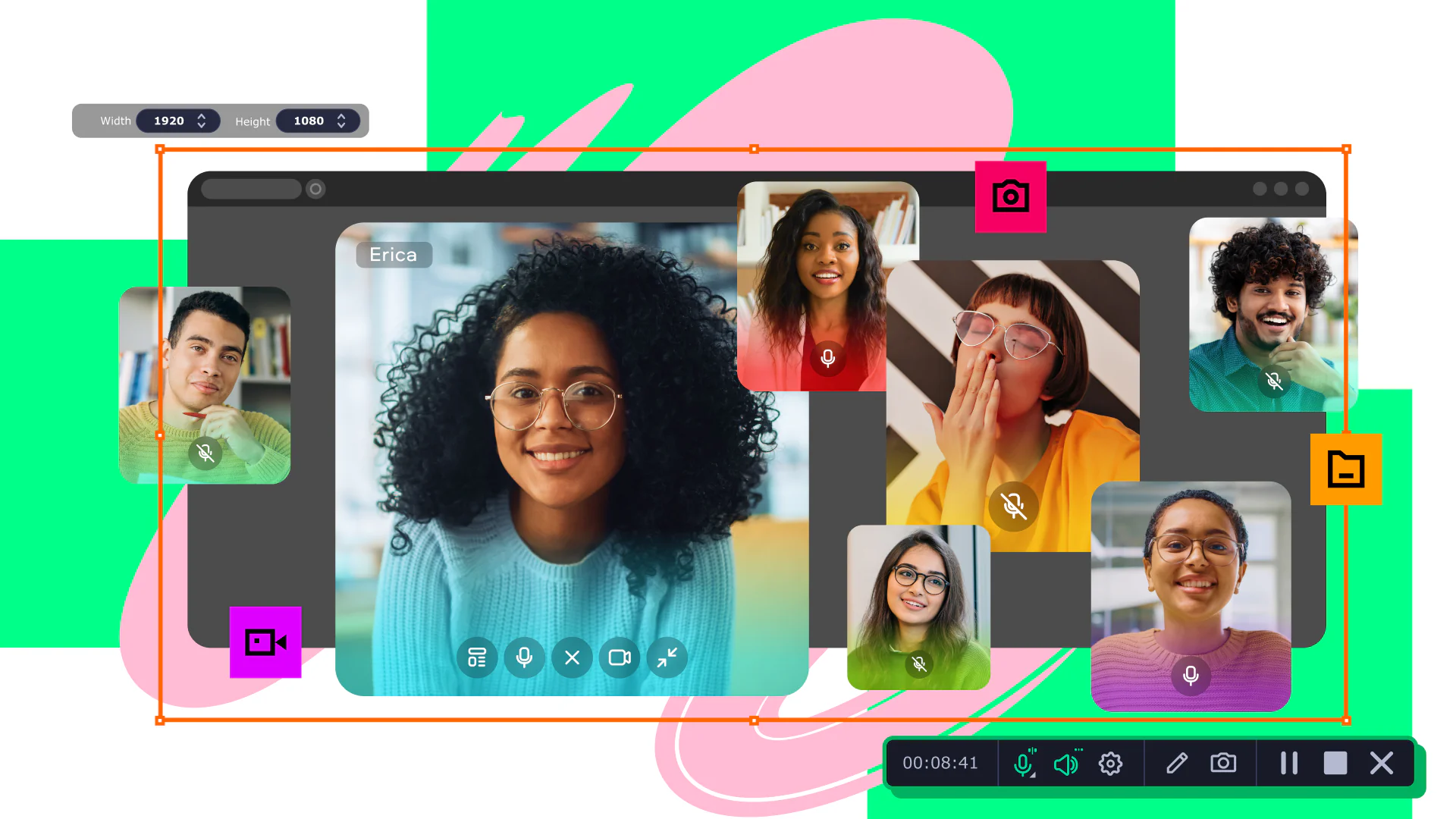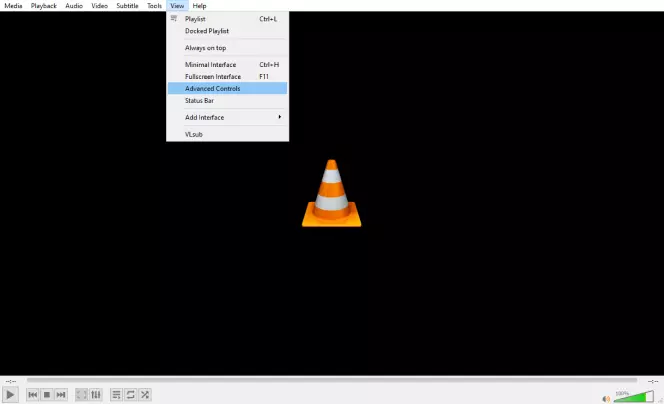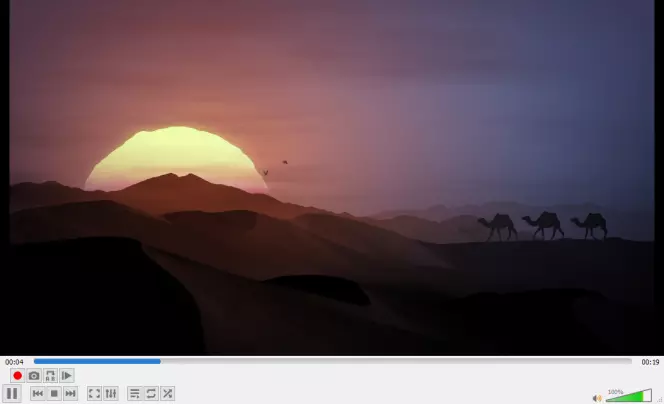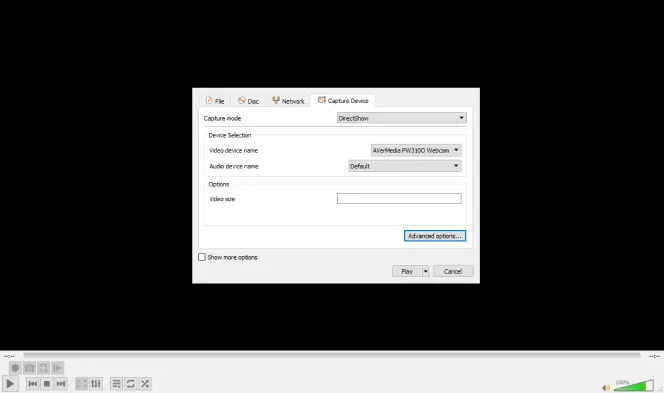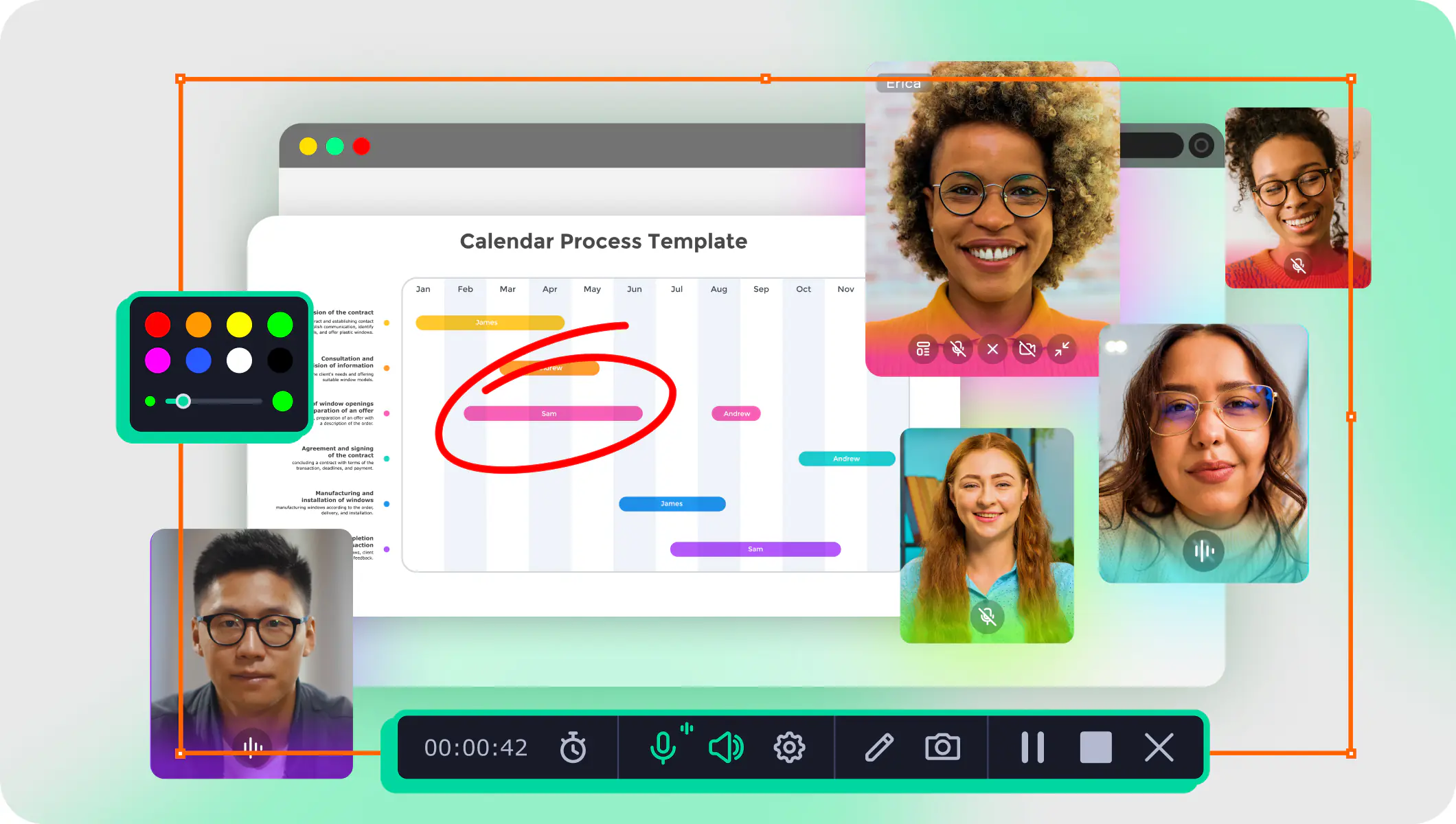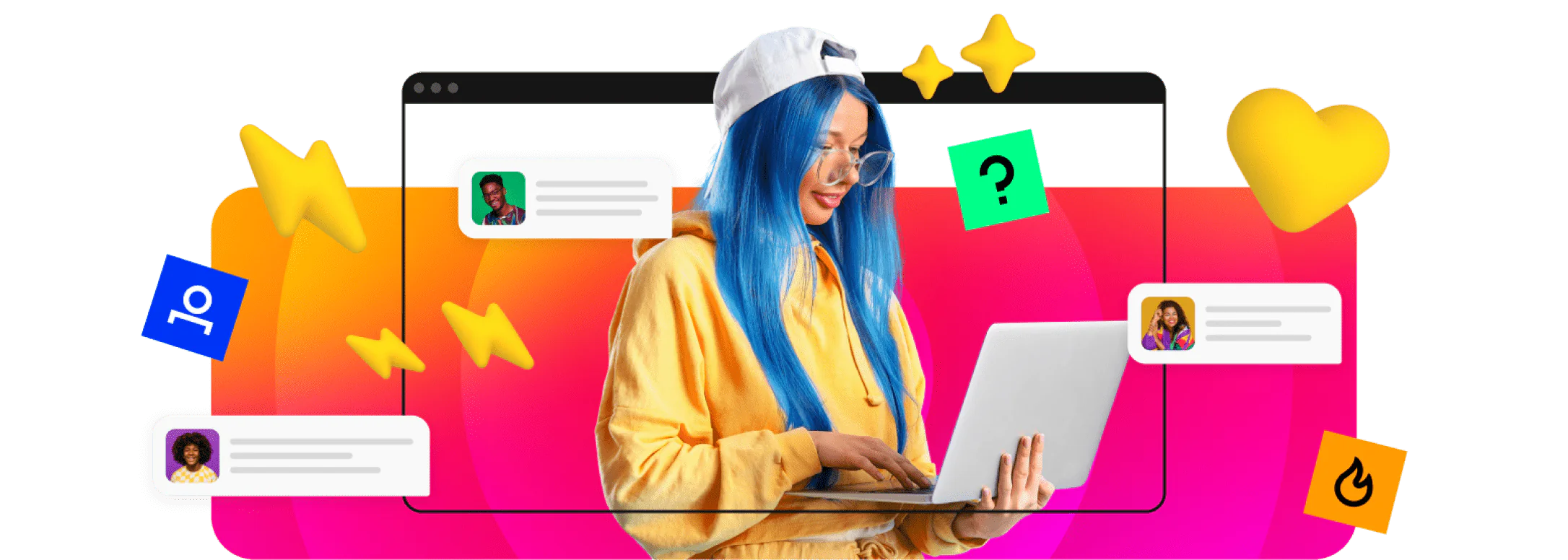Step 2 (Optional). Adjust your settings. If you just want to record your screen quickly, you don’t have to adjust any settings or make any changes to get started. Just skip this step and move on. You can select your microphone, record from your webcam, and activate system audio.
Step 3. Tap the REC button at the bottom right of the display. This will start your recording. When you’re finished, just tap this button again to stop recording. You’ll also notice that there are three other buttons to the left of the REC button. These are Webcam, Microphone, and System Audio. They’ll let you capture video from your webcam and/or audio from your microphone or computer on the fly for fast and easy recording.
Step 4 (Optional). Make edits to your video. With features to trim your video, control the volume, and make other minor edits, many users won’t need additional editing software after they finish recording their screens.
Step 5. Save your video. Just click on Export, name your file, and set its destination. And, if you want to go ahead and publish your video or send it to a friend or colleague, hit the Share button for several preset options to share your video.
